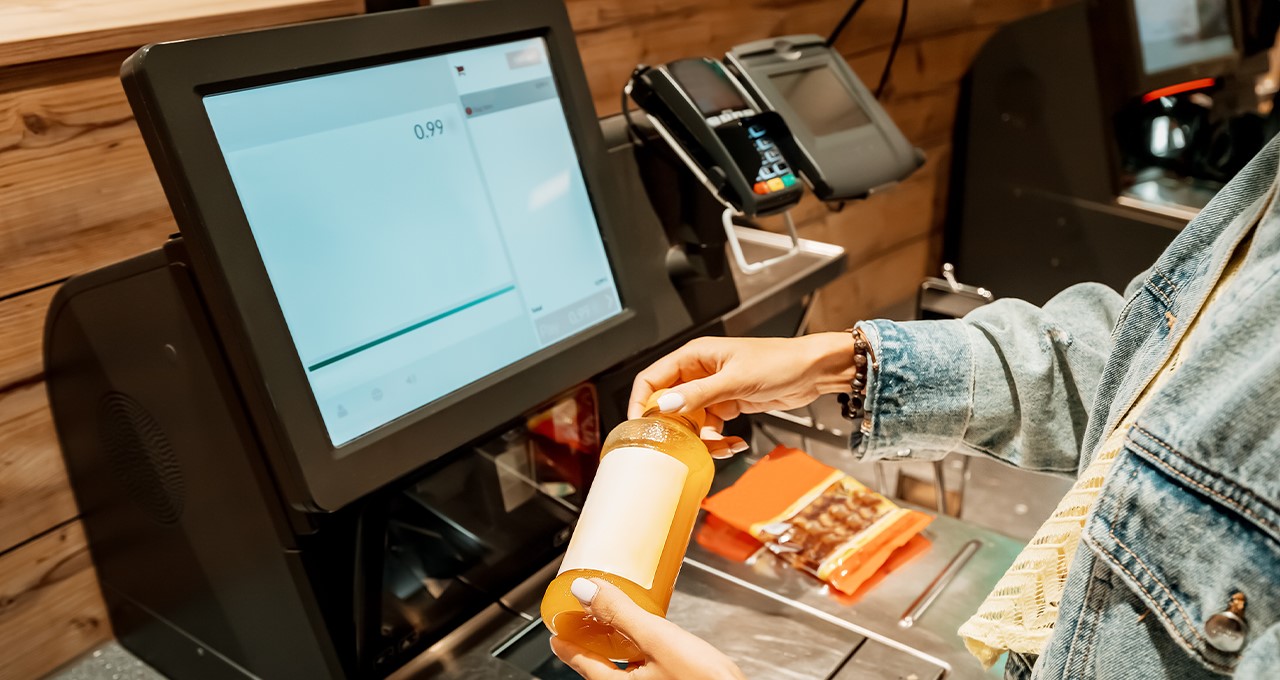The global retail industry has a $100 billion problem.
“Shrinkage” — the loss of goods due to theft, damage and misplacement — significantly crimps retailers’ profits.
An estimated 65% of shrinkage is due to theft, according to the National Retail Federation’s 2022 Retail Security Survey, conducted in partnership with the Loss Prevention Research Council. And many retailers are reporting theft has more than doubled recently, driven by rising prices of food and other essentials.
To make it easier for developers to quickly build and roll out applications designed to prevent theft, NVIDIA today announced three Retail AI Workflows, built on its Metropolis microservices. They can be used as no-code or low-code building blocks for loss-prevention applications because they come pretrained with images of the most-stolen products as well as software to plug into existing store applications for point-of-sale machines and object and product tracking across entire stores.
“Retail theft is growing due to macro-dynamics, and threatens to overwhelm the industry,” said Read Hayes, director of the Loss Prevention Research Council. “Businesses are now facing the reality that investment in loss-prevention solutions is a critical requirement.”
The NVIDIA Retail AI Workflows, which are available through the NVIDIA AI Enterprise software suite, include:
- Retail Loss Prevention AI Workflow: The AI models within this workflow come pretrained to recognize hundreds of products most frequently lost to theft — including meat, alcohol and laundry detergent — and to recognize them in the varying sizes and shapes they’re offered. With synthetic data generation from NVIDIA Omniverse, retailers and independent software vendors can customize and further train the models to hundreds of thousands of store products. The workflow is based on a state-of-the-art few-shot learning technique developed by NVIDIA Research which, combined with active learning, identifies and captures any new products scanned by customers and sales associates during checkout to ultimately improve model accuracy.
- Multi-Camera Tracking AI Workflow: Delivers multi-target, multi-camera (MTMC) capabilities that allow application developers to more easily create systems that track objects across multiple cameras throughout the store. The workflow tracks objects and store associates across cameras and maintains a unique ID for each object. Objects are tracked through visual embeddings or appearance, rather than personal biometric information, to maintain full shopper privacy.
- Retail Store Analytics Workflow: Uses computer vision to provide insights for store analytics, such as store traffic trends, counts of customers with shopping baskets, aisle occupancy and more via custom dashboards.
The workflows are built on NVIDIA Metropolis microservices, a low- or no-code way of building AI applications. The microservices provide the building blocks for developing complex AI workflows and allow them to rapidly scale into production-ready AI apps.
Developers can easily customize and extend these AI workflows, including by integrating their own models. The microservices also make it easier to integrate new offerings with legacy systems, such as point-of-sale systems.
“NVIDIA’s new Retail AI Workflows built on Metropolis microservices allow us to customize our product, scale rapidly to fit our ever-growing customers’ needs better and continue to drive innovation in the retail space,” said Bobby Chowdary, chief technology officer at Radius.ai.
“As part of our applied AI offerings, Infosys is developing state-of-the-art loss prevention systems leveraging NVIDIA’s new workflows comprising pretrained models for retail SKU recognition and microservices architecture,” said Balakrishna D R, executive vice president and head of AI and Automation at Infosys. “It will enable us to deploy these solutions faster and rapidly scale across stores and product lines while also getting much higher levels of accuracy than before.”
NVIDIA will unveil additional details of its Retail AI Workflows at the National Retail Federation Conference in New York, Jan. 15-17.
Sign up for early access to the new NVIDIA Retail AI Workflows for developers and learn more in the NVIDIA Technical Blog. Join NVIDIA at #NRF2023.
